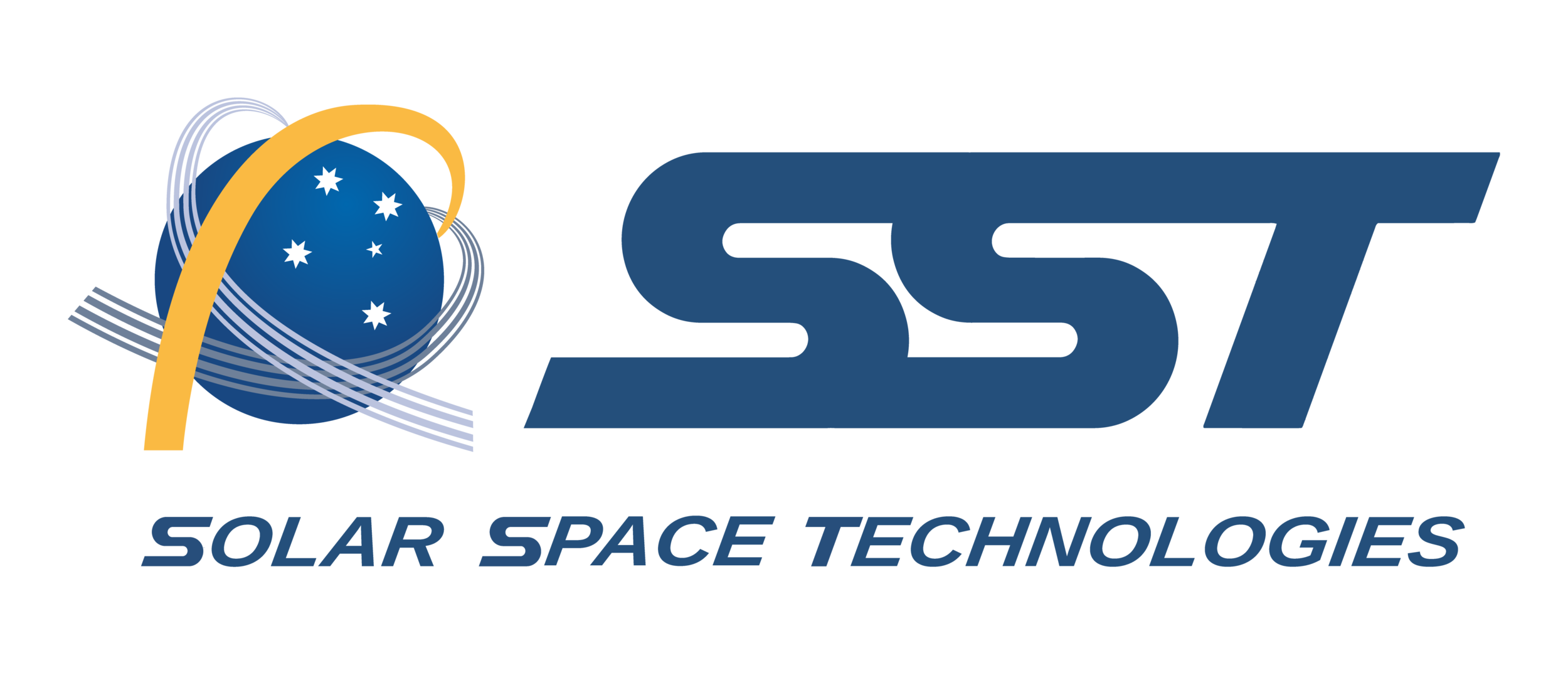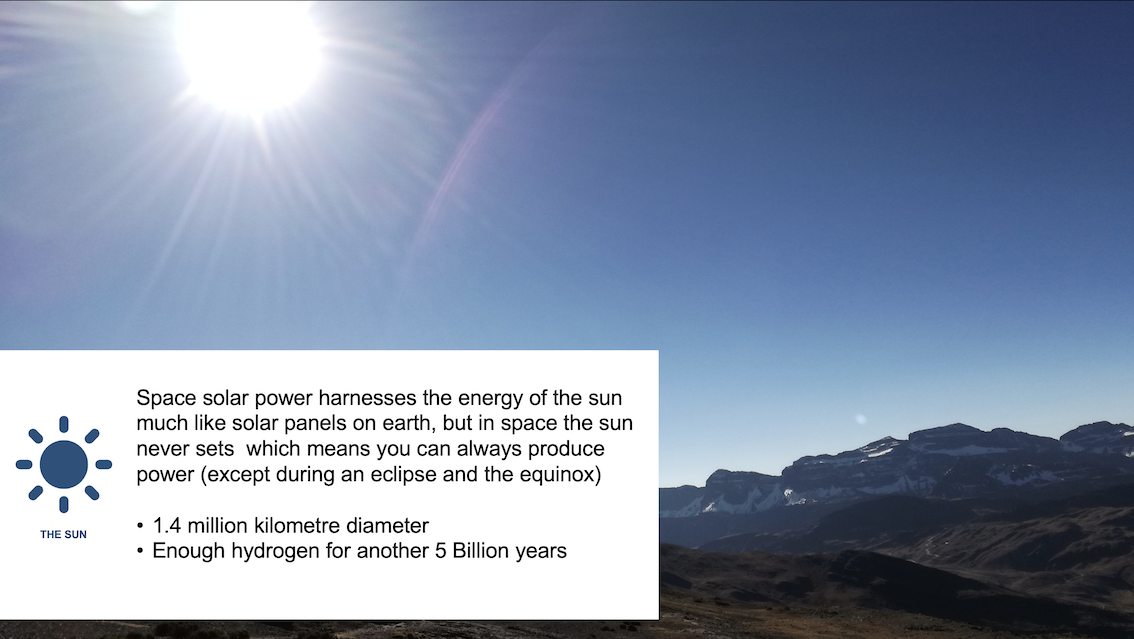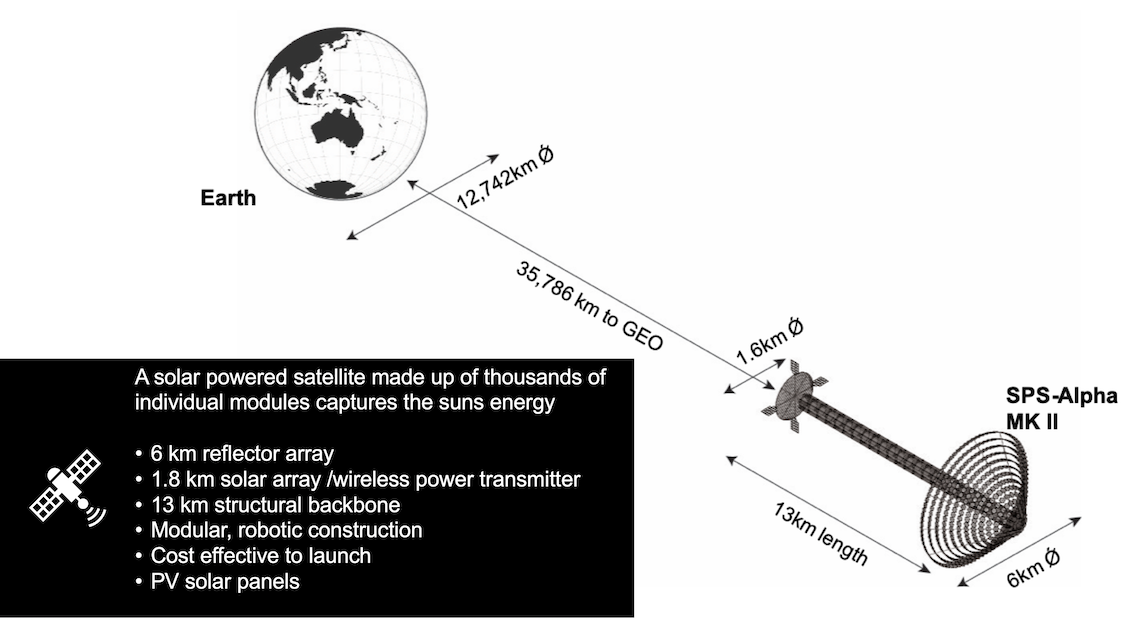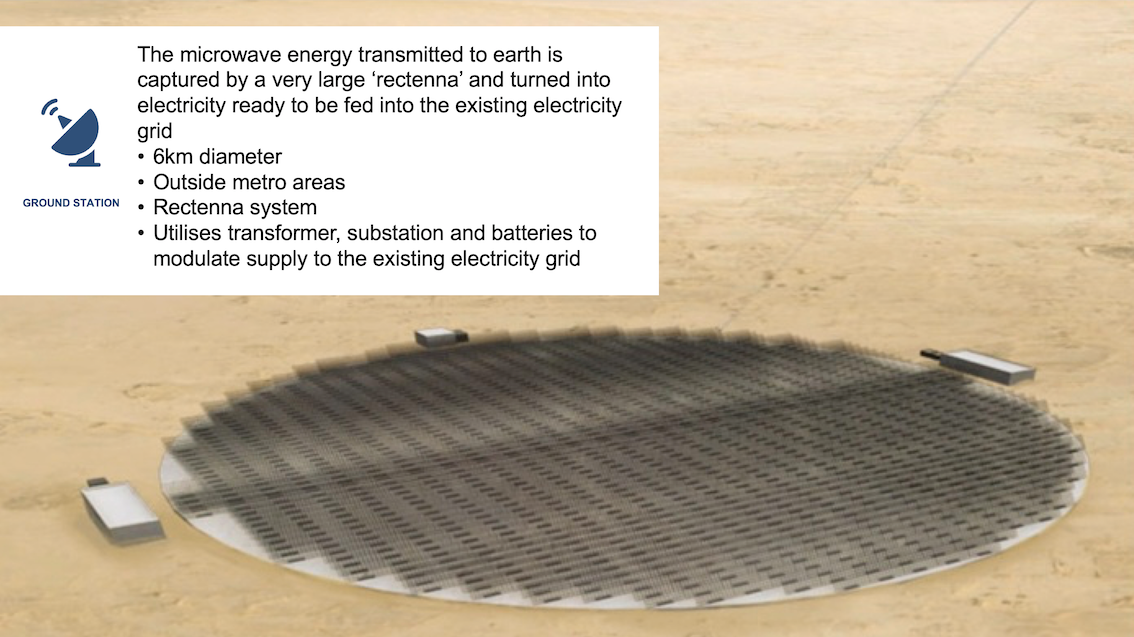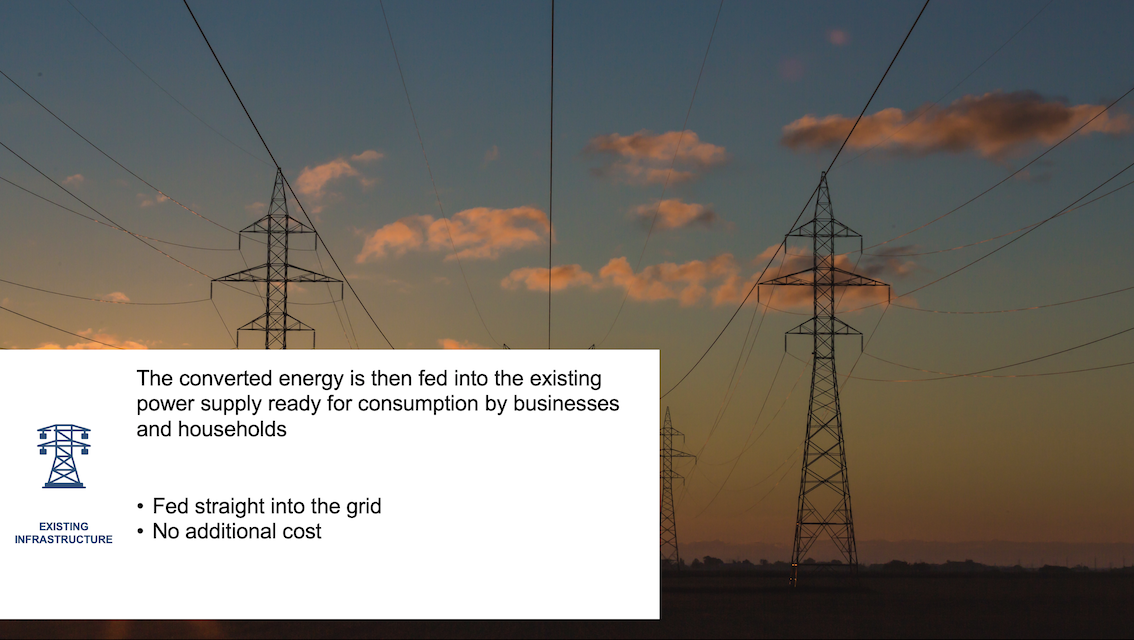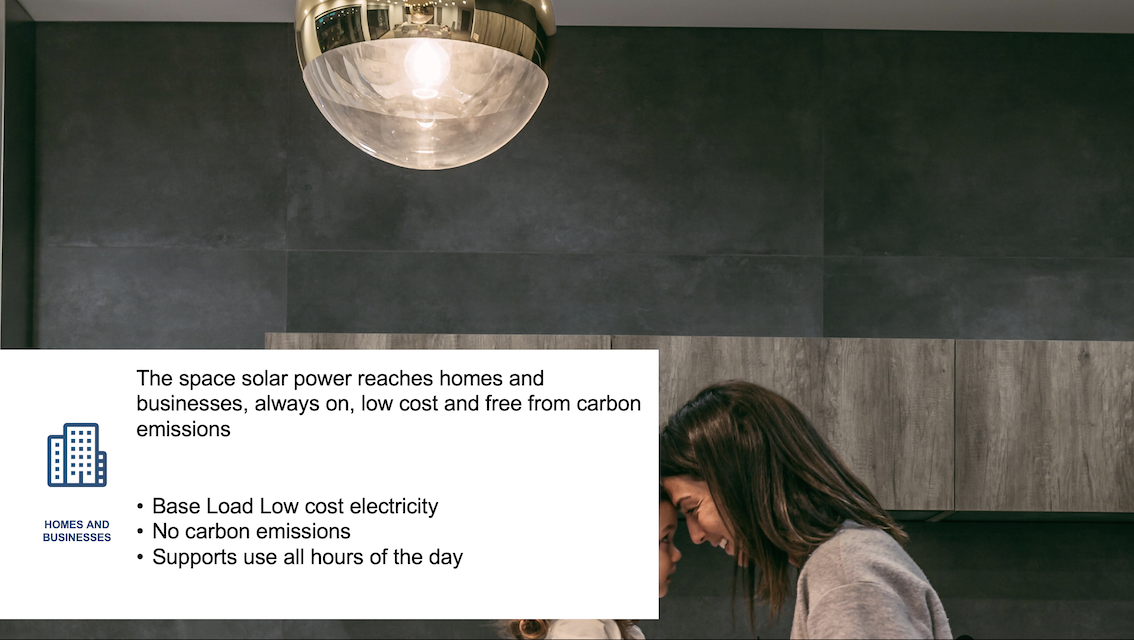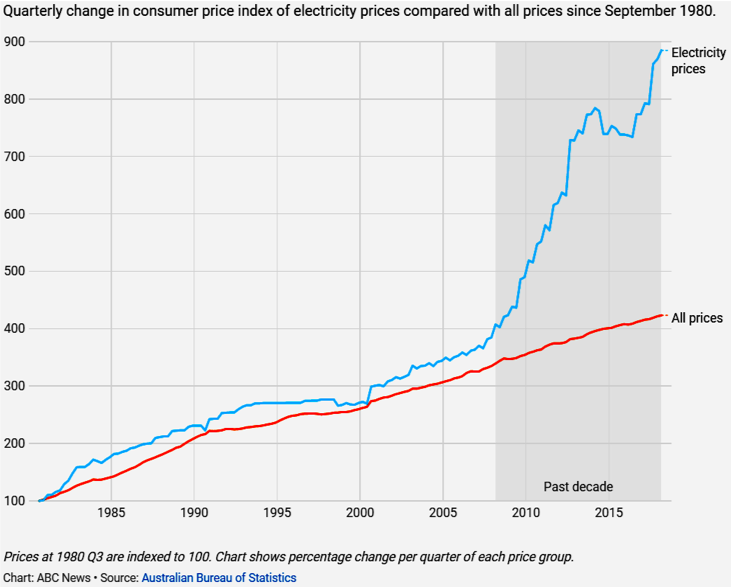
Solar Space Technologies is an Australian-based company planning to deliver a solar power satellite into geostationary orbit to supply baseload energy to the Australian grid by 2027
SPACE SOLAR POWER
Ground-based solar power and other sustainable energy options will play a key role in meeting the future energy demands of the Earth. Each of these current renewable options have limitations, in particular intermittency. That is, the sun does not always shine, the wind does not always blow, and rain does not always fill the reservoir behind hydropower plants.
In space, the sun always shines; unaffected by night, clouds, surrounding infrastructure and the Earth’s atmosphere. Space solar power is not a new idea. Advances in technology, with a lower cost of implementation compared with the rising costs of other forms of energy production now make it feasible.
It works by having large solar panels orbiting in space around the earth, collecting the sun’s energy, transmitting that energy wirelessly to Earth which is then fed into the grid for homes and businesses.
EARTH’S ENERGY CHALLENGE
Earth’s people and environment are facing a number of related challenges, population growth, rising energy needs, carbon emissions and climate change.
POPULATION & STANDARD OF LIVING INCREASES
The Earth’s population is set to increase by more than two billion people by 2050 and four billion people by 2100. As global standards of living rise along with the global population we will be using more energy per person than ever before. To meet this energy demand, by 2100 we will need to produce four-times as much energy as we do today.
If we meet our projected energy demands with our current fossil fuel focused approach, our current annual carbon emissions will have doubled by the time today’s children are in their 30’s and 40’s (2050), and will have doubled again to 120 Billion megatonnes per year before 2100.
INCREASING EMISSIONS AND ELECTRICITY PRICE
As emissions increase, so does the concentration of carbon in our atmosphere. We could see the concentration of carbon in our atmosphere rise from approximately 0.04% today to 0.06% by 2050 and 0.1% by 2100; resulting in up to 5 °C temperature increase before the end of the century.
The price of electricity is increasing more than that of other prices impacting jobs and households.
Producing energy in a clean and renewable way is important if we are to support an increase in population, standard of living and protect our environment. Good progress is being made in developing renewable sources of energy, but so far, none are able to support the always on, base, constant energy needs of households and businesses. This is why space based solar power is such an important technology.
THE FEASIBILITY OF SPACE SOLAR POWER
Space solar power is not a new concept. In the late 1960’s Dr Peter Glasser invented the concept of capturing the sun’s energy in space, converting it to microwaves and transmitting it to earth. The idea has been revisited many times since but it is not until recently that it has become a feasible and important proposition.
Key technologies have become suitably advanced
The dynamics in current energy markets have changed
A new hyper-modular approach to building a solar power satellite has been developed
ADVANCES in key technologies
The cost of transporting cargo into space has reduced dramatically with the recent commercialisation of the space industry and the entrance of new rocket companies has reduced the cost significantly.
Photovoltaics, the technology used to capture solar energy and convert it into electricity has also improved dramatically, in recent years efficiency has more than doubled.
Working prototypes of wireless power transmission have been built by groups as varied as school students and large corporations.
Industry has been using robotics for manufacturing and construction for many years and the possibility of robotic construction in space means that components, not entire satellites can be launched into space and assembled in-situ.
CHANGED energy market dynamics
Not only is the demand for electricity growing rapidly, so is the demand for clean energy. At the same time the price of producing electricity using existing methods in increasing. These changes in the energy market are making novel approaches to energy production more attractive than ever before.
A NEW WAY TO BUILD SAtElLITES
The newly proposed solar power satellite (called SPS - ALPHA) has been re-designed to be made up of many repeatable building blocks that can be assembled in space instead of manufacturing one, expensive, single large system. This approach allows for scale in manufacturing and makes the cost of building the platform much lower than if traditional satellite building approaches were used.

